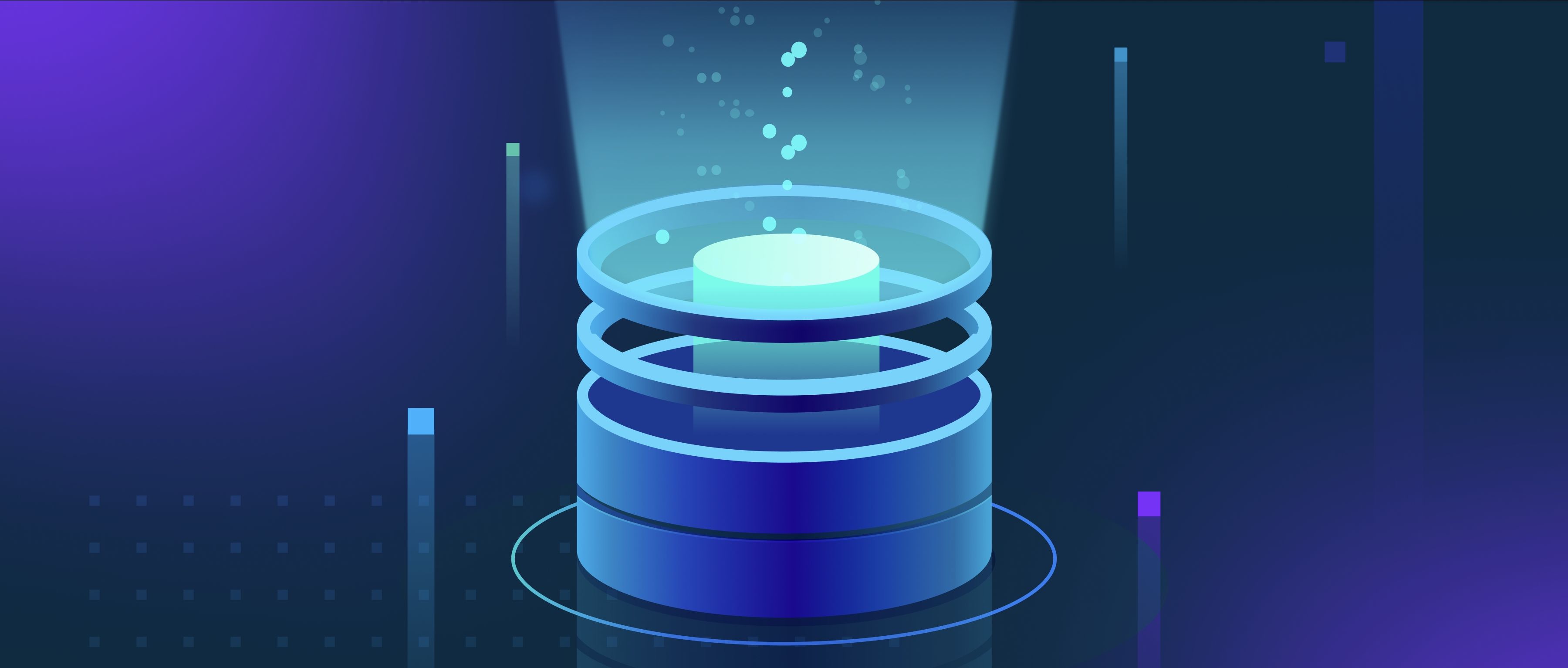Multi-agent systems improve resource utilization by allowing multiple autonomous entities to work collaboratively toward common goals, leading to more efficient handling of tasks and resources. Each agent in the system can specialize in certain areas or tasks, which allows for the distribution of workload among them. This specialization helps in speeding up processes, reducing the chances of bottlenecks, and ultimately maximizing the use of available resources. For instance, in a manufacturing setup, different agents could be assigned to monitor machinery, manage inventory, and optimize workflow, ensuring that the factory operates at its highest efficiency.
Another way these systems enhance resource utilization is through dynamic adaptation. Multi-agent systems can respond to changing environments or demands by reallocating resources as needed. For example, in logistics, agents can analyze real-time data about delivery routes, traffic conditions, and package statuses. If one route becomes congested, agents can autonomously reroute vehicles to minimize delays. This adaptability ensures that resources like time and fuel are used more effectively and helps maintain service quality.
Additionally, multi-agent systems can improve decision-making through cooperative behavior. Agents can share information, learn from each other, and make collective decisions that benefit overall resource usage. For instance, in energy management, different agents can monitor energy consumption across a smart grid. By sharing data about peak usage times and identifying underutilized resources, these agents can optimize energy distribution, reduce waste, and lower costs. This collective intelligence not only improves efficiency but also enhances sustainability, making better use of resources in the long run.
